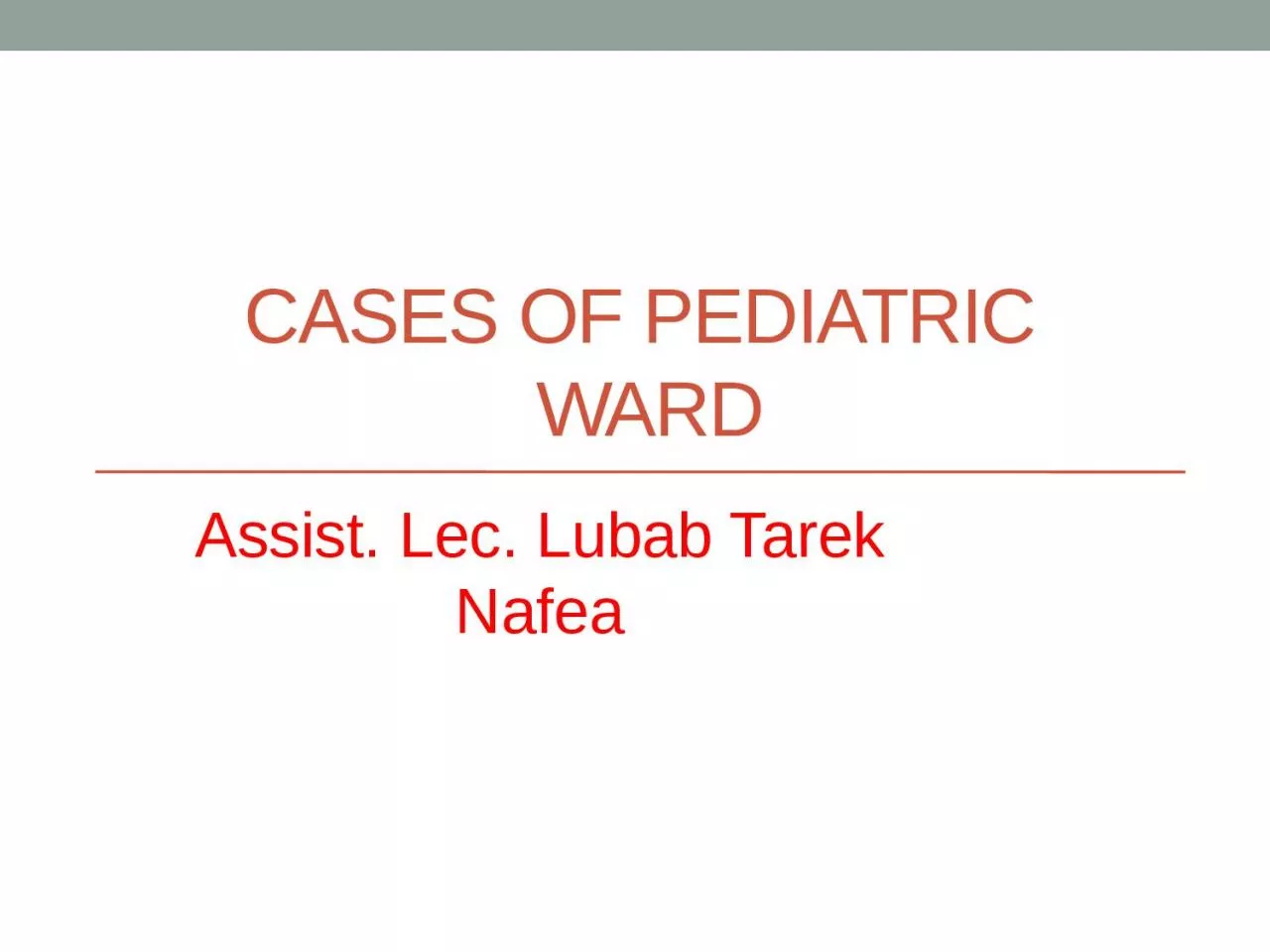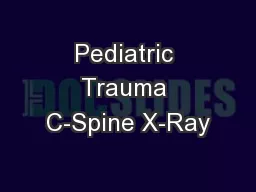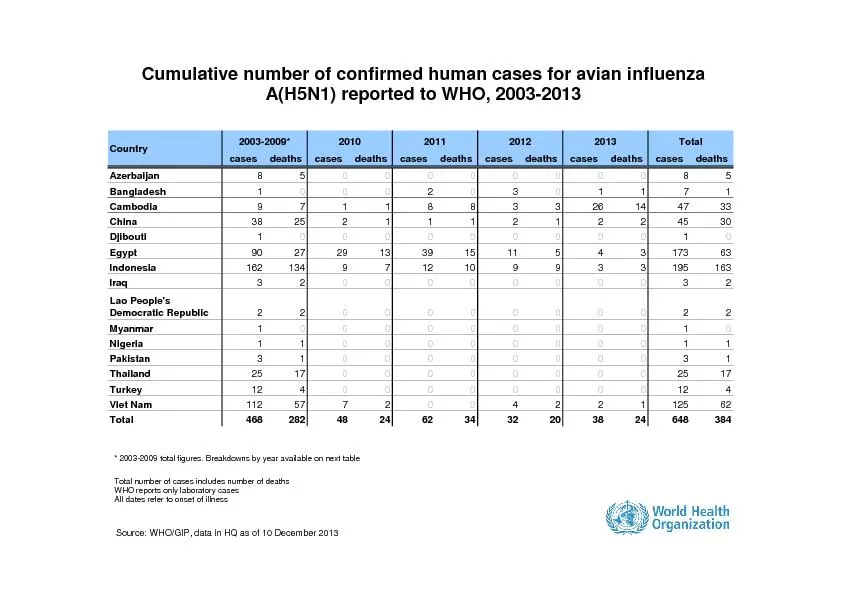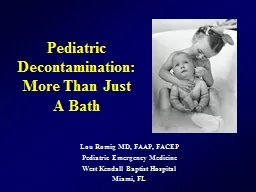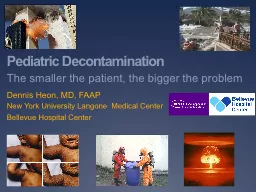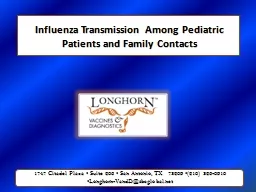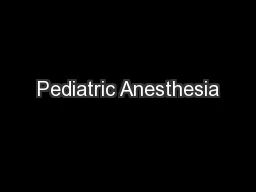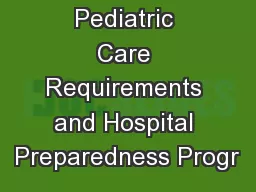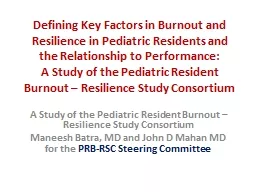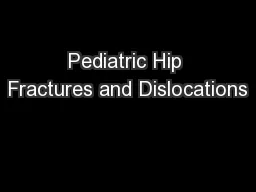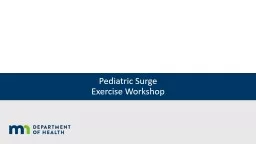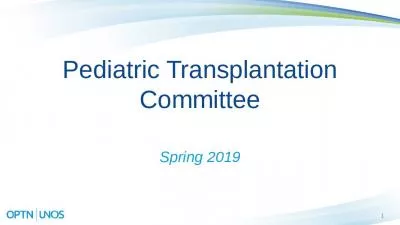PPT-Cases of pediatric ward
Author : adah | Published Date : 2024-01-29
Assist Lec Lubab Tarek Nafea Gastroenteritis CASE 92 My toddler has developed sickness and diarrhoea and most of the children at his nursery have developed
Presentation Embed Code
Download Presentation
Download Presentation The PPT/PDF document "Cases of pediatric ward" is the property of its rightful owner. Permission is granted to download and print the materials on this website for personal, non-commercial use only, and to display it on your personal computer provided you do not modify the materials and that you retain all copyright notices contained in the materials. By downloading content from our website, you accept the terms of this agreement.
Cases of pediatric ward: Transcript
Download Rules Of Document
"Cases of pediatric ward"The content belongs to its owner. You may download and print it for personal use, without modification, and keep all copyright notices. By downloading, you agree to these terms.
Related Documents

